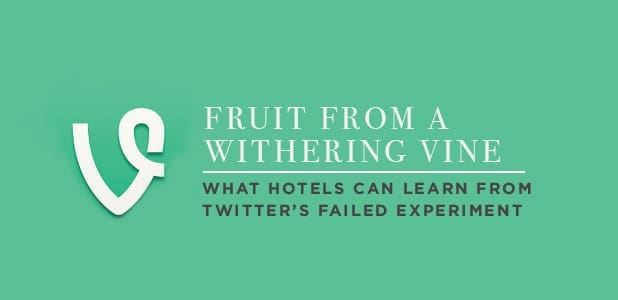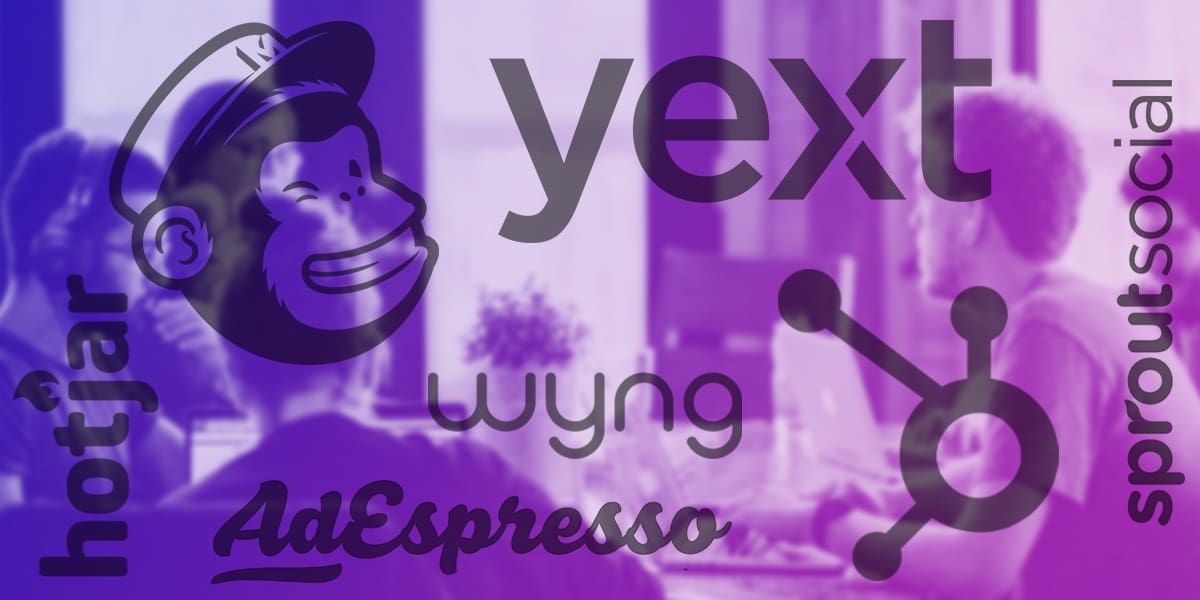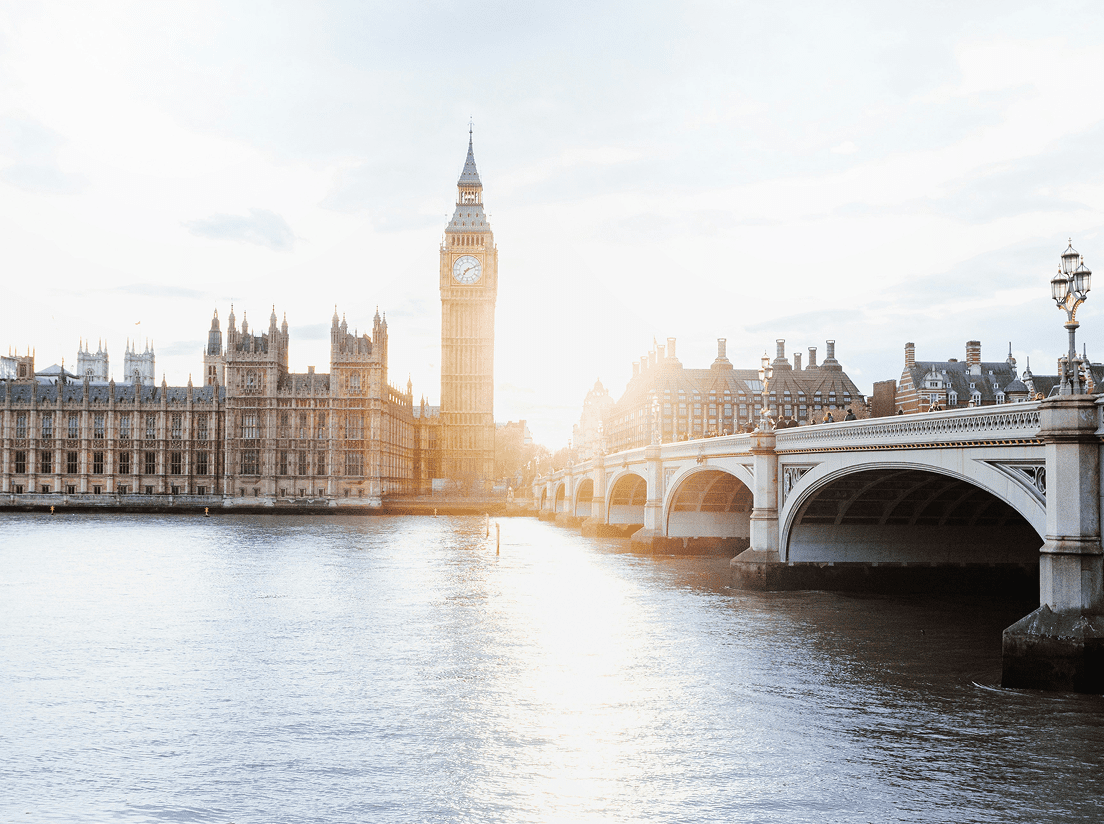
Go ahead and raise your hand if you’ve ever felt personally victimized by Facebook Ads Manager. Okay, put your hand down, people are staring and now you’re just alone at your desk with your hand raised…We’ve all experienced frustration and confusion marketing with Facebook, especially within tools like Facebook Ads Manager.When you open up the platform, you’re bombarded with what can seem like random assortments of metrics, numbers, and buttons to toggle on and off at a whim. Not to mention the pop-up messaging at every step suggesting an advertiser “do this” or “optimize for that”…. “trust us”.Planning an advertising campaign for social media is difficult enough without a not-so-user-friendly ads interface, right?So, until Facebook starts taking personal feedback regarding their UX, the Social Media Marketing Team at Screen Pilot hopes that by sharing a few of our recommended best practices for funnel advertising in Facebook will help make the entire process easier and get you seeing deeper results faster.When we’re done, you’ll know exactly how to create a scalable Facebook funnel to improve your overall social advertising strategy and ad performance.
How To Set Up An Advertising Funnel in Facebook – 5 Easy Steps
1.) Remember: Facebook is not Google!
Before you start diving into tactics, take a step back and remember that Facebook is, at its core, a social network – not a search engine. People use Facebook for connecting with friends and family, and use Google to find information on a specific topic.On Facebook, we have to reach out to our audiences; they’re not actively searching for our brands or those related to us like they are on Google. The platforms serve entirely different purposes and meet different audience needs, which means that your approach for advertising on Facebook should not directly mirror your PPC strategies.Starting with a solid, wide-reaching brand awareness campaign is paramount to your efforts.
2.) First, Focus on the Audience(s)
After you’ve established the basics in marketing with Facebook differently than with Google, focus on your desired audience and subsets within that group. In order to advertise successfully on social media, your ads need to reach the right people at the right time, with the right type of messaging.So let’s go over the reality of audience sizes on Facebook. When you create a brand awareness audience by selecting, say, your “drive market” or “fly market” in the setup process, Ads Manager will often say that your potential reach is a few million people. It’s easy to just roll with that estimate and hope that many people see your ad, and cross your fingers that they convert.You can certainly maintain success by advertising to a large, top-of-funnel brand awareness audience and then immediately remarketing a bottom-of-funnel message to them. Trust us, we do it a lot – primarily due to circumstances like budget or short flight times.But, consider that in said pool of 1 million people, specific groups of users are likely to interact differently depending on the ad message, ad experience, ad type, ad placement, etc. One group may be more likely to watch a video, others are likely to comment on or share the post, and some may be inspired to make a purchase immediately.If you’re running just one advertisement with one objective, then you’re only focusing on (and optimizing for) one,small subset of your large brand awareness audience.
3.) So, Bridge That Gap in Your Funnel
If you’ve only been running one type of ad – or even just the basic ad objectives (awareness and remarketing only anyone?), it’s time to rethink your strategy. After all, why skip directly to retargeting a user who may have zero recall of your brand – much less be ready to make a purchase in that moment?Begin catering to people within your target audience who are going to need more than one experience with your brand in order to convert.We do this a few different ways, but mainly by creating specific ad types that coincide with a specific website or social action. This way, we are filtering our large brand awareness audience even further into the funnel.Perhaps a new user from that audience of 1 million heads to your website and searches for your video or photo gallery. Likely to watch a video – be sure you have a consideration phase retargeting video advertisement on deck, ready to serve to anyone and everyone visiting that web page. Gathering users likely to comment on or share the original brand awareness ad? Prepare an ad of a similar aesthetic poised to retarget anyone who interacted with the first ad that leads them to a content-rich web page to inspire them even further.Once you start creating these “consideration phase”, mid-funnel audiences, your remarketing efforts will go even further. Convincing any audience to convert is often a much larger effort and longer sales cycle than what just one or two conversion ads a month can accomplish.
4.) Now, Adjust Your Budget Strategy
Let this become your new social advertising mantra: acquire new, cold audiences on the cheap; pay a bit more than that for warm audience consideration; pay the most for conversions from hot audiences. Yes, that means three different budget allocations for one campaign.
- Brand Awareness: When it comes to brand awareness or prospecting, you want to target cold audiences for the cheapest amount possible. How? Try out video views, reach, or post engagement objectives. These are the campaign types with the lowest CPM or cost per acquisition. It’s no coincidence that these “cheap” objectives are considered passive actions, as it doesn’t take much effort to like a post, hover over a video, or tag a friend in the comments of an ad.
Here at Screen Pilot, we tested this by switching a client’s Facebook ad objective for a cold audience from purchase conversions to video views and the results were staggering: an 1800% increase in 10-second video views and 94% decrease in cost per 10-second video view. The ad targeting and creative stayed the same, we just selected a different ad objective.Keep in mind that the ad objective has to match the content for this to work, so if you have a thought-provoking infographic to promote – it would make more sense to run it with a post-engagement objective rather than conversion.
Video views, post engagement, and reach campaigns are also effective “cheap” campaigns because they don’t require the audience to leave Facebook. If we know anything about Facebook, it’s that they don’t want users leaving the social media platform for other websites – they want them to stay on Facebook.
- Consideration: After you’ve acquired a cold audience for cheap and used diverse campaign objectives to segment your audience, it’s time for the consideration step of the funnel. At this point, you’ve narrowed your audience down. People that know your brand exists and users that have already expressed interest in it in some way. While it’s possible to use your website remarketing audience as this warm audience, a better strategy is to target people based off of the actions taken in the previous step of the funnel.
For example, if you ran an ad with the video-view optimization as brand awareness, you may want to make a custom audience of people who watched 75% of that video. You could then serve that audience a lead gen ad with an offer relating to the video that they watched.Keep in mind that consideration campaigns are slightly more expensive. Since you’re honing-in your targeting and reducing your overall audience numbers, there are going to be less people in that pool for Facebook’s algorithm to identify and serve the ad to. But it’s important that consideration campaigns are part of every Facebook advertising strategy because they give you more of an opportunity to start building an actual, consistent relationship with potential customers. This is your chance to show them why they should choose your brand.
What do you have to offer prospects to engage them into consideration? Evaluate what you’re able to offer as an incentive: media coverage, customer testimonials, and engaging blogs are great places to start.
- Conversion: After you’ve targeted cold audiences with brand awareness objectives and warmed up prospects with consideration objectives, it’s time for conversion campaigns.
This is where all your hard work pays off with highly targeted and highly relevant remarketing ads. You’ve had multiple touchpoints with this audience and established top-of-mind awareness. Generally speaking, this is where you’ll want to advertise your incredible deals, special offers, flash sales, and the like.This is where you’ll pay the most. Conversion ads are expensive because they are not passive actions, they ask our audience not only to stop watching cat videos and click out of their newsfeed, but they also ask people to complete an action on your website.
5.) Finally, Complete the Funnel
If you’ve been keeping track, the ideal Facebook advertising campaign needs a minimum of three objectives to complete the social media advertising funnel. You need an inexpensive awareness campaign, a targeted consideration campaign, and then a re-targeted conversions campaign that makes use of the previous two steps. This strategy will remove the disconnect between where your audience on social actually is – and where your advertising dollars are since brand presence will be there every step of the way.In closing, keep in mind that building funnels on Facebook will require time. Not just weeks, but months — you’re playing the long game here. Test out different ad objectives, audiences, and creative to find the optimal combination for your goals.Most importantly, have fun! With audiences in the millions, there are endless opportunities for nurturing and creative ways to convert each season, with every offer.Still too hesitant to open up Ads Manager? Drop us a line – we’re here to help.
Did you enjoy the read?
Get original hospitality industry insights delivered to your inbox. Sign up to receive Screen Pilot’s #TrendingNow Newsletter.






